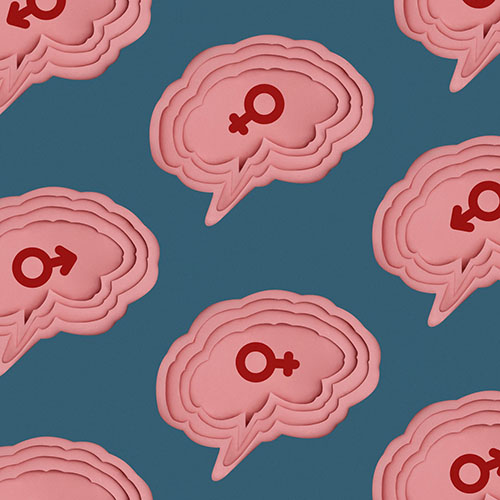The Etiology of Gender Dysphoria
Gender dysphoria (previously gender identity disorder), according to Diagnostic and Statistical Manual of Mental disorders are defined as a “marked incongruence between their experienced or expressed gender and the one they were assigned at birth.” People who experience this turmoil cannot correlate to their gender expression when identifying themselves within the traditional, rigid societal binary male or female roles, which may cause cultural stigmatization. This can further result in relationship difficulties with family, peers, friends and lead to interpersonal conflicts, rejection from society, symptoms of depression and anxiety, substance use disorders, a negative sense of well-being and poor self-esteem, and an increased risk of self-harm and suicidality. Patients with this condition should be provided with psychiatric support. Hormonal therapy and surgical therapy are also available depending on the individual case and patient needs. This activity describes the evaluation and management of gender dysphoria and reviews the role of the inter-professional team in improving care for those with this condition.


